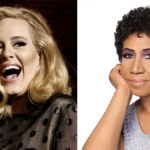The warmth of a crackling fireplace, the scent of roasting chestnuts, and the gentle melodies of carols – these are the quintessential elements of Christmas. Among the most beloved songs that evoke this festive spirit is undoubtedly “The Christmas Song,” forever linked with the velvety voice of Nat King Cole. But the story of this timeless classic begins not in the snowy depths of winter, but in the sweltering heat of a Los Angeles summer.
From Summer Heat to Christmas Cool: The Genesis of a Classic
Imagine the San Fernando Valley in July 1945. Singer Mel Tormé sought refuge from the oppressive heat at the home of his collaborator, Bob Wells. As Tormé recounted, escaping the scorching temperatures was impossible even indoors. He found Wells not at the piano, but a notepad resting on the music stand bearing a few lines scribbled in pencil:
Chestnuts roasting on an open fire
Jack Frost nipping at your nose
Yuletide carols being sung by a choir
And folks dressed up like Eskimos
These words, penned to escape the summer heat by conjuring images of a cool Christmas, sparked an idea. When Wells appeared, dressed for the weather in shorts and a t-shirt, Tormé inquired about the verse. Wells explained he was simply trying to cool down by thinking of Christmas. Tormé, recognizing the lyrical charm, suggested, “this just might make a song.”
And indeed, it did. Within forty-five minutes, “The Christmas Song” was complete. The duo excitedly shared their creation with their manager and lyricist Johnny Burke, before presenting it to Nat King Cole, who immediately fell in love with the tune. However, it would take a year before Cole could bring the song to the recording studio.
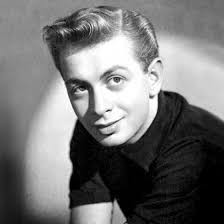 Mel Tormé in the 1940s, co-writer of "The Christmas Song."
Mel Tormé in the 1940s, co-writer of "The Christmas Song."
Nat King Cole’s Multiple Takes: Refining a Christmas Masterpiece
Nat King Cole himself provided further insight into his initial encounter with the song. Speaking to jazz journalist Leonard Feather in 1961, Cole recalled Mel Tormé presenting “The Christmas Song” while he was performing at the Trocadero. Despite the summer heat mirroring the song’s unusual origin, Cole recognized its beauty but felt a trio arrangement wouldn’t fully capture its essence.
Music historian Will Friedwald adds that both Cole and his manager, Carlos Gastel, were captivated by the song’s potential beyond Cole’s established jazz and blues repertoire. Although initially hesitant to move beyond his trio format, Cole believed “The Christmas Song” warranted a string arrangement. Ironically, Capitol Records initially resisted this idea, leading Cole to record a trio version first.
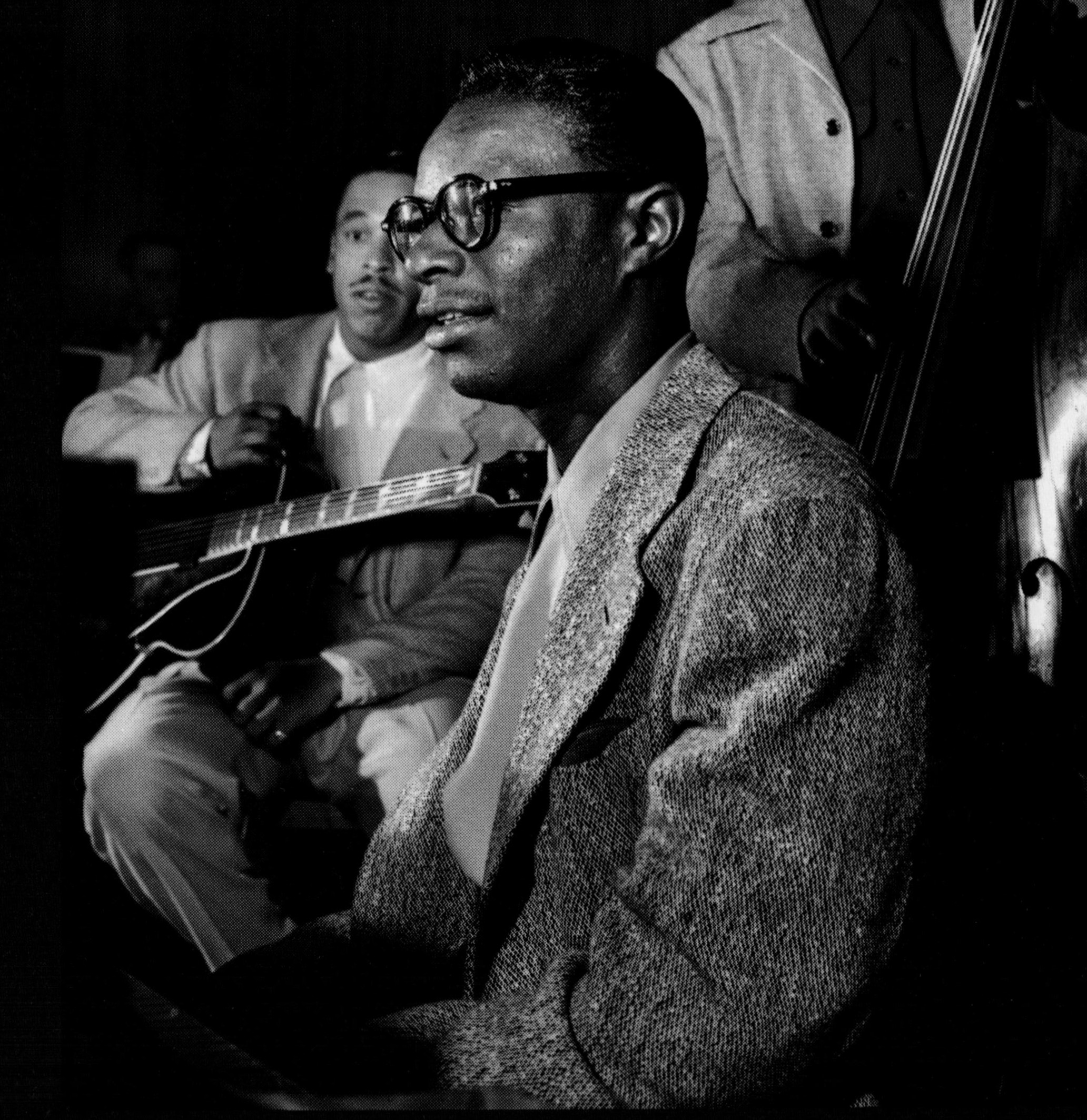 Nat King Cole in the late 1940s, the iconic singer of "The Christmas Song."
Nat King Cole in the late 1940s, the iconic singer of "The Christmas Song."
The First Recording: Simplicity and Intimacy (1946)
Nat King Cole ultimately recorded “The Christmas Song” four times. The first two recordings took place in New York City in 1946. The very first, on June 14th, featured the classic King Cole Trio: Cole on piano and vocals, Oscar Moore on guitar, and Johnny Miller on bass. This initial version is a testament to the song’s core beauty, stripped down to its most essential elements.
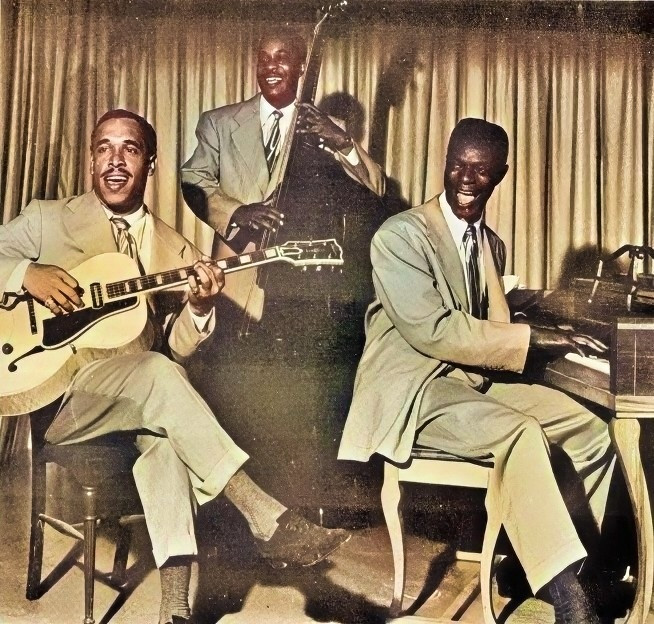 The King Cole Trio in 1945, featuring Nat King Cole, Oscar Moore, and Johnny Miller.
The King Cole Trio in 1945, featuring Nat King Cole, Oscar Moore, and Johnny Miller.
This 1946 trio rendition highlights the exquisite melody, the rich harmonies, and Cole’s signature warm, restrained vocal delivery. Oscar Moore’s subtle “Jingle Bells” quote at the coda is a charming touch. The recording’s simplicity allows each musical component to shine, showcasing the song’s inherent charm without any embellishment. Even minor lyrical quirks, such as Cole’s pronunciation of “by a choir” and “reindeers,” add to the unique character of this initial take. At this stage, “The Christmas Song” was simply another tune in the King Cole Trio’s repertoire, its future success yet unknown.
 Nat King Cole in summer 1946, around the time of the first recording of "The Christmas Song."
Nat King Cole in summer 1946, around the time of the first recording of "The Christmas Song."
Adding Strings: The Classic Sound Emerges (1946)
Just two months later, on August 19th, 1946, the King Cole Trio returned to the studio, this time to record “The Christmas Song” with the strings Cole envisioned. He had enlisted Russ Case, a renowned arranger, to create the string arrangement. However, due to contractual obligations, Case’s assistant, Charlie Grean, took on the task. Grean’s arrangement proved to be masterful, enhancing the song’s harmonic richness without overshadowing the trio’s established intimacy.
This second recording became the definitive version for many years, perfectly blending the trio’s core sound with the lushness of strings. Despite the repetition of the minor lyrical quirks from the first recording, this version resonated deeply with audiences. “The Christmas Song” became a hit, solidifying its place as a holiday standard played annually from Thanksgiving to Christmas.
Refinement and High Fidelity: The 1953 Version
By 1953, “The Christmas Song” was an established holiday hit. The era of high-fidelity long-playing records had arrived, and Nat King Cole had ascended to mainstream stardom. A new recording, made in Los Angeles on August 24th, 1953, reflected these changes. The jazz-centric King Cole Trio days were largely over, and Cole’s piano playing was less prominent in his recordings.
Pete Rugolo crafted the 1953 arrangement, building upon Grean’s original while adding more strings for a richer, more contemporary sound. This version is considered by many to be the most perfect rendition. The minor lyrical inconsistencies were corrected, and the performance exuded professionalism and confidence, backed by Capitol Records’ full production capabilities. Notably, this 1953 recording also reveals a clear influence on the vocal stylings of a young Johnny Mathis, who would soon emerge as a prominent singer himself.
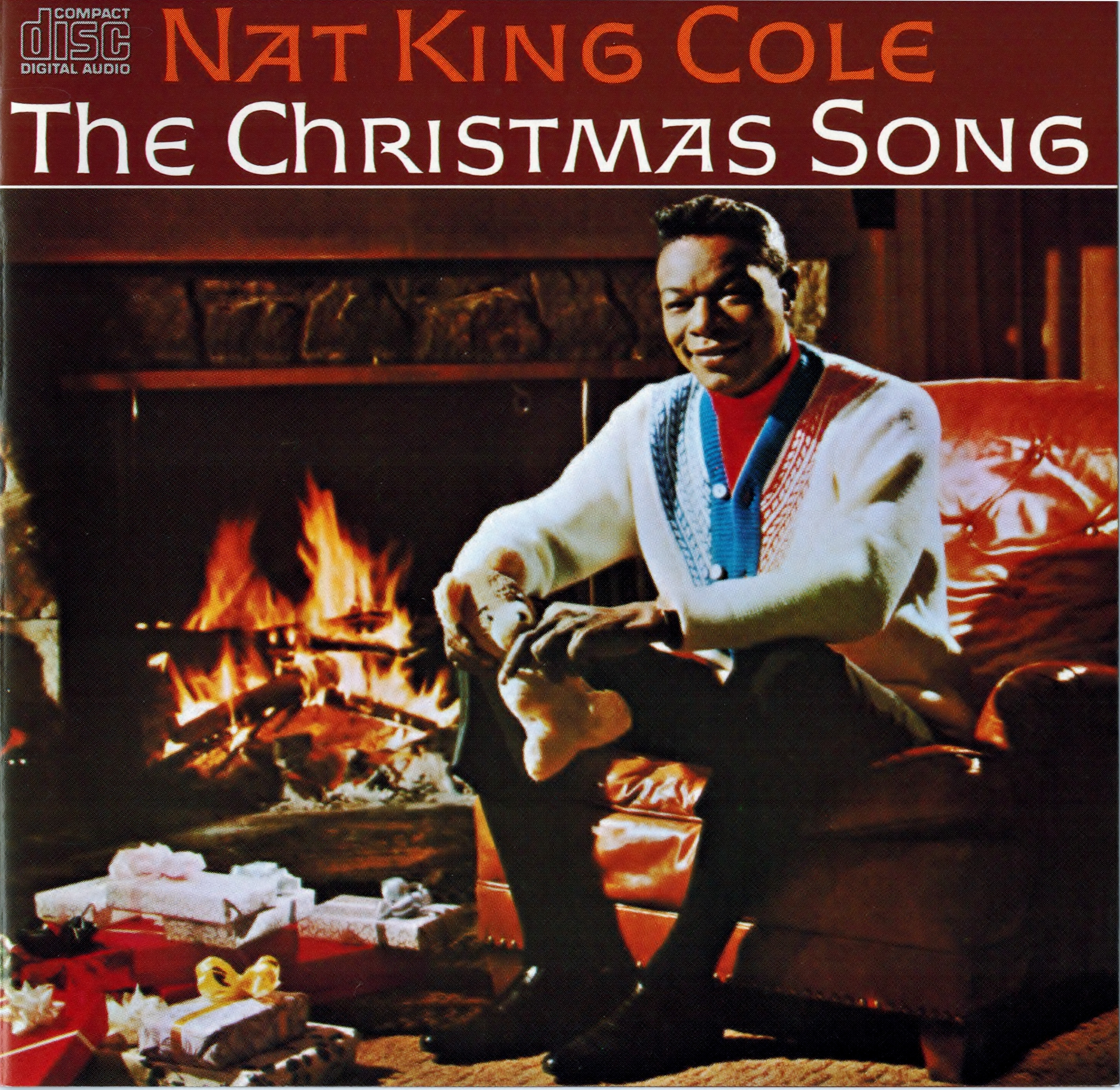 CD cover for Nat King Cole's "The Christmas Song," a holiday classic.
CD cover for Nat King Cole's "The Christmas Song," a holiday classic.
The Ubiquitous Stereo Version: 1961
The final recording of “The Christmas Song” by Nat King Cole occurred in Los Angeles in 1961. This version largely mirrored the 1953 recording, utilizing the Grean/Rugolo arrangement, further expanded with even more strings and conducted by Ralph Carmichael. The key difference was the recording technology – this version was recorded in stereo, a burgeoning innovation in the late 1950s. Paul Smith took over piano duties, allowing Cole to focus solely on his vocals. Guitarist John Collins again recreated Oscar Moore’s original parts. This 1961 stereo version is the one most frequently heard today, the ubiquitous sound of “The Christmas Song” during the holiday season.
A Christmas Classic Endures
From its unlikely origins in the summer heat to its numerous recordings, “The Christmas Song” has become an indelible part of the holiday season. Nat King Cole’s interpretations, evolving over time yet always retaining the song’s core warmth and charm, have cemented its place in music history. Whether it’s the intimate trio version, the classic string-laden arrangement, or the expansive stereo rendition, Nat King Cole’s “The Christmas Song” continues to evoke the magic of Christmas for generations.

